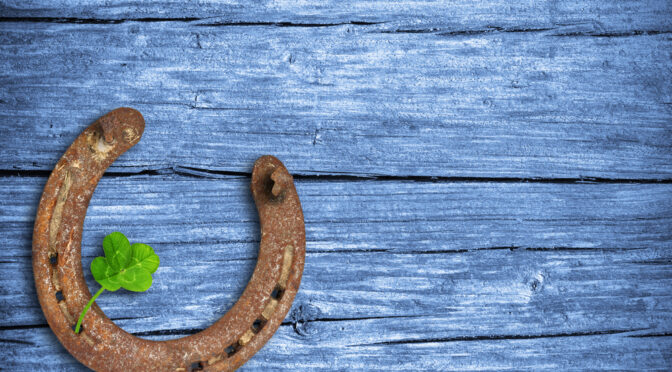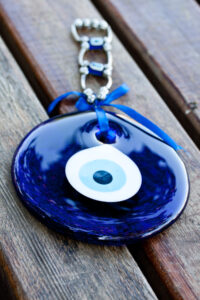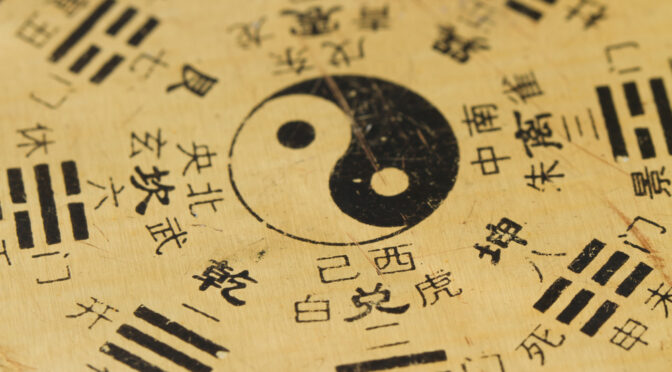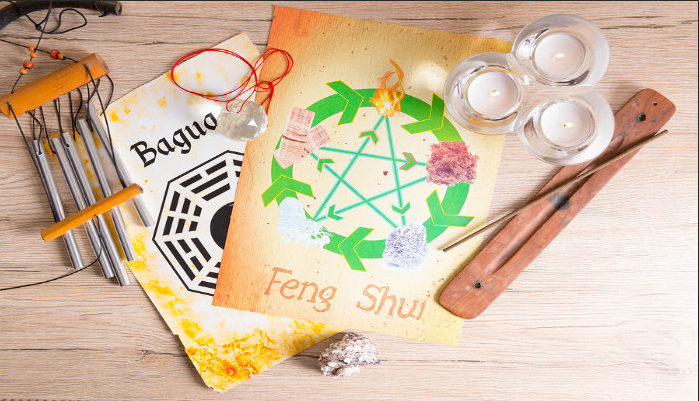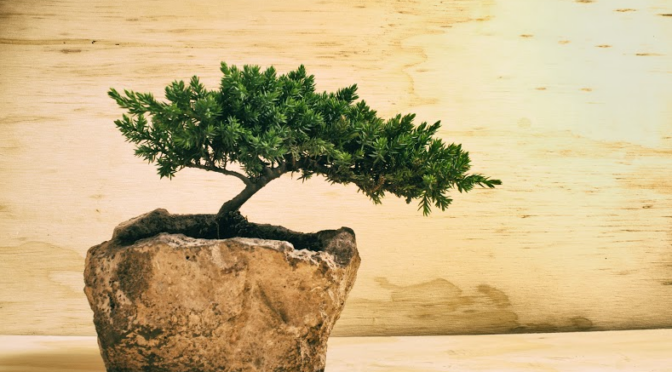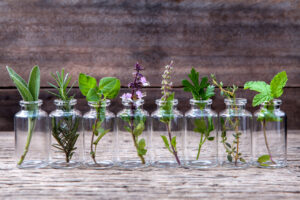Why do we have food coloring?
What is it about America that differs from other countries in the way we dye our food?
Many health-conscious people are already aware of the dangers of certain food dyes like red No. 40. That’s always the one where, if you look at a label and it says Red 40, you know to put that item back.
If you didn’t know that, well now you do, and here’s why. Red 40 actually comes from petroleum distillates or coal tars, sounds tasty right? Along with Yellow 5 and Blue 1, these artificial food colorings are linked to organ damage and even cancer in animals.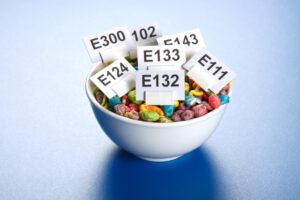
In humans, two large studies found that children had increased hyperactive activity after ingesting Red 40 and Yellow 5. In 2007 they evaluated six dyes that seemed to link to behavioral problems in children.
“Red 40 contains p-Cresidine, which the U.S. Department of Health and Human Services says is “reasonably anticipated” to be a human carcinogen.” Source
Things weren’t always this way though, up until mid 19th century, natural food dyes were commonly used. Colors from plants, animals and different minerals were used to color food in the US. This all changed when companies found out artificial dyes were a lot more profitable. Continue reading




